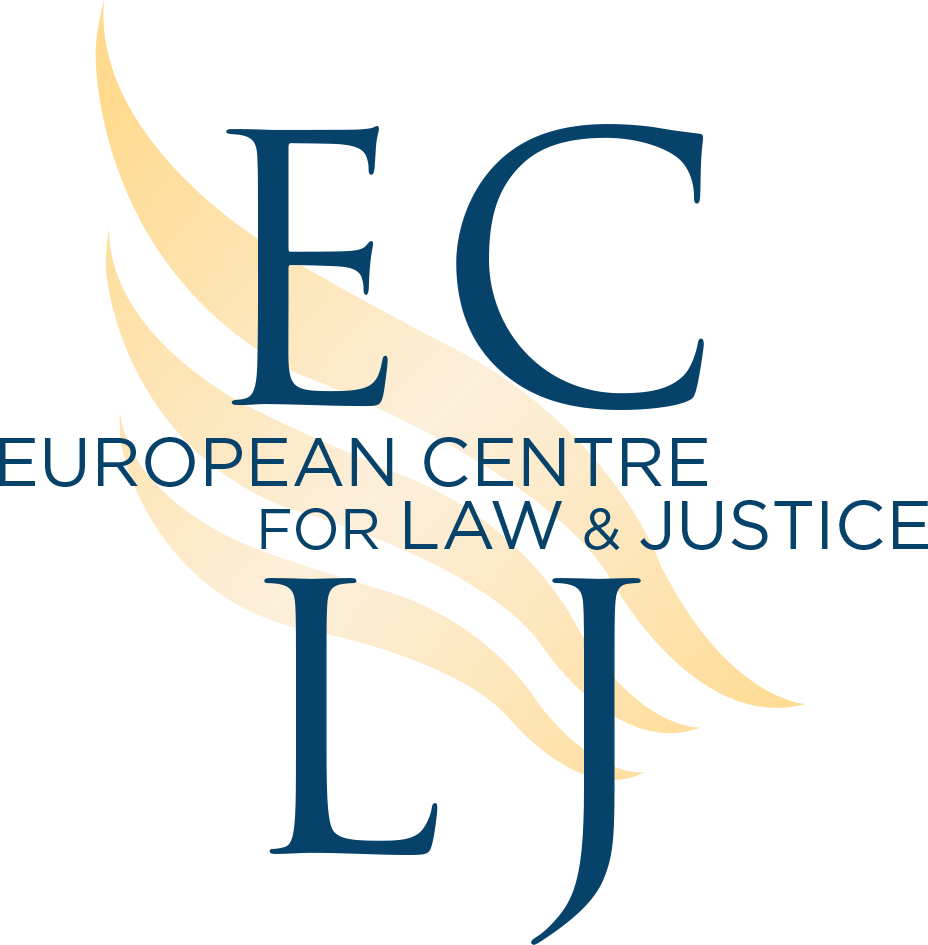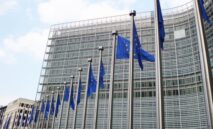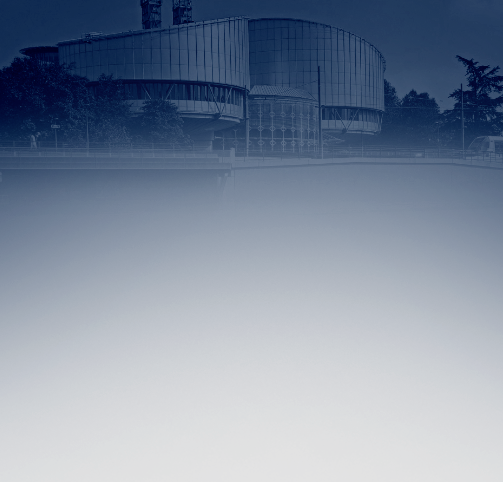

Online Violence against Children: The Parliamentary Assembly of the Council of Europe Accuses Pornography
Online Violence against Children
On April 19, 2024, the Parliamentary Assembly of the Council of Europe (PACE) debated in a plenary session a report on "the protection of children against online violence" (No. 15954), drafted by Irish Senator Joseph O’REILLY (European People’s Party). It unanimously adopted Resolution No. 2547, which is the PACE’s stance on the subject, and Recommendation No. 2274, an opinion addressed to the Committee of Ministers of the Council of Europe, which will be obliged to respond. Several proposed amendments to the original resolution text had been submitted by parliamentarians: while the Assembly rejected the one inviting states "to further analyze the links between pornography consumption and child sexual abuse," it nevertheless adopted others that allow for a stronger emphasis on the dangers of children’s exposure to online pornography and hypersexualization of children.
The European Centre for Law and Justice (ECLJ) welcomes this as both the explanatory statement (report) and the adopted texts strongly denounce these dangers, as we had outlined in the written contribution we had submitted to the PACE Social Affairs Committee. This document aimed to draw the rapporteur’s attention to the need to address children’s exposure to pornography as part of online violence against children. We reminded that while pornography is harmful to anyone, children are particularly vulnerable: they consume it massively and suffer profound consequences. We thus recommended that the rapporteur urge states to take various measures to protect children from this scourge.
The ECLJ notes with satisfaction that, echoing our work on multiple occasions and even explicitly referring to our written contribution, the rapporteur extensively addresses children’s exposure to pornography and its consequences and fully shares our concern on this issue. These concerns are reflected in the texts adopted by the PACE, particularly in Resolution No. 2547. This thus continues the line of resolutions previously adopted by the PACE, notably "Gender Aspects and human rights implications of Pornography" (No. 2412 (2021) - November 26, 2021) and "For an Assessment of Means and Provisions to Combat Children’s Exposure to Pornographic Content" (No. 2429 (2022) - April 25, 2022). In the latter text, the PACE expressed being "deeply concerned by the unprecedented exposure of children to pornographic images, which harms their psychological and physical development" (§ 2).
Online pornography, a violence against children
In his report, Mr. O’Reilly cites the dangers of exposure to pornography as falling under two of the four "Cs" (content, contact, behavior, and commerce)[1] of the online safety risk classification (§ 7-8). He thus notes that "risks which arise [...] as the child is exposed to pre-produced media content that may have a negative effect, such as pornographic or racist content" and that " conduct risks which occur as children participate in peer-to-peer interactions which can be harmful such as cyberbullying or incitement to self-harm, sharing or receiving nude and semi-nude images and viewing or sending pornography." (§ 8).
References to the ECLJ’s work are particularly visible in paragraphs 25 and 26 of the report. The author highlights that " preventing the exposure of children to pornography is particularly important, given the established effects on behavior and development." Similar to our contribution, he recalls "that pornography consumption [is] significantly associated with an increase in verbal and physical aggression." He also highlights the "link between pornography consumption and compulsive sexual behavior disorder" and the "a correlation between pornography and sexual violence between young people has been established," thus noting that " children must be protected from adults but also from other children in this matter" The rapporteur also shares our view that " Pornography must be understood as a public health issue, for which States are responsible for taking appropriate measures, including education and awareness-raising measures."
In its resolution, the Assembly explicitly acknowledges children’s vulnerability to pornography considered as online violence and the urgency to protect children from it (1 and 2). It calls on states to "take specific measures to protect young children from premature exposure to the digital environment given their vulnerability to, inter alia, violent, sexual content " (4.3). It is also encouraging that the PACE declares its readiness to move forward in the fight to protect children from exposure to pornography by saying it is " to further examine the issue of “violent pornography”, including pornography available online, taking into account the specific problem of children being exposed to such content" (9).
Particular concern is expressed about certain specific practices. This is notably the case with “children’s “self-generated” sexual material” (Report, § 4) and sexting: the rapporteur thus notes that according to " a survey by the World Health Organization (WHO), 8% of adolescents had had a self-made sexual image forwarded without consent" (Report, § 9). The same applies to pornographic deepfakes and " the worrying new phenomenon of AI being abused to create child sexual abuse imagery," a phenomenon that the rapporteur believes should "be analyzed and taken into consideration without delay" (Report, § 4). In the resolution, the PACE thus calls on states to "run information and awareness-raising campaigns on harmful deepfakes, including those of a pornographic nature, ban deepfakes and ensure their removal from digital platforms" (4.8 and 8).
Massive exposure to pornography: pandemic and smartphones blamed.
The rapporteur explains that children’s exposure to pornography is a mass phenomenon by noting that "the age at which children are first exposed to sexually explicit content seems to be dropping by a full year every two years" (§ 4). He also cites the French IFOP survey whose references were provided to him by the ECLJ ("Adolescents and Pornography: Towards a ‘Youporn Generation’?", IFOP survey for the Observatory of Parenting and Digital Education), which showed that "children are increasingly exposed to pornography. 63% of boys and 37% of girls aged 15 to 17 have watched content of such a website at least once" (§ 9).
The report (§ 9 and 2, 5, 10) explicitly blames the detrimental role of the COVID-19 pandemic and lockdowns, as well as the intensive use of smartphones by children, which the ECLJ also denounces. The resolution similarly asserts that " increased use of the internet and digital tools, particularly during the Covid-19 pandemic and lockdowns, has led to children being overexposed to age-inappropriate content and behavior. Smartphones have undoubtedly opened up a new avenue for personal development online, but they are also a potential source of violence" (§ 2).
The importance of information, awareness, and education
Online violence, including children’s exposure to pornography, as a type of violence that "remains largely hidden because of fear, shame, stigma, and lack of support services" (Report, § 11), emphasizes the need to improve information and awareness regarding cybersecurity for "children, parents, legal guardians, and educational staff" (Report, § 22 and 57).
Reservations may be expressed about some recommendations in the education field. While it seems welcome, as the PACE does in the resolution, to ask states to " implement school-based educational programmes, in particular to promote peer-to-peer interactions and parental involvement" (4.5), it seems more controversial to ask them to "implement comprehensive sexuality education that […] aims to counter portrayals of violence in sexual relationships […] and raise awareness about the fight against the oversexualisation of children;" (4.7). Although the rapporteur claims the effectiveness of such education in reducing violence (Report § 15), voices are raised to denounce the content of such comprehensive sexuality education adapted to age. Indeed, some excesses in the content sometimes presented to children as part of such teachings are regularly reported, including in France, precisely involving the sexualization of children.
On the other hand, similar to the ECLJ this time, the rapporteur admits that informing parents and other educators is particularly important in this matter, but they are often helpless (§ 14). Thus, in the resolution, the PACE recommends that states " involve and raise awareness of parents and caregivers, who often lack the knowledge and support to detect online exploitation, abuse and violence, and empower them to deal with it" (4.2). The rapporteur acknowledges, however, that " parental guidance and control are not efficient enough to be the primary safeguard mechanism, especially as the danger arises from the websites themselves" (§ 20): parents must not be left alone, even as the responsibility of the technological sector is crucial (§ 14).
For increased accountability in the technological sector
This is emphasized several times by the rapporteur in the explanatory statement, notably when he affirms "the pivotal role of the technology industry in ensuring online safety and protection for children. Tech companies are responsible for their websites and their content, especially when they make huge efforts to attract children towards their products and services. They must therefore be held accountable" (§ 19 and 22). Concretely, to assume this responsibility, the rapporteur invites these companies to " fulfil their responsibilities towards children, including by undertaking child impact assessments and involving children in the design of digital services and products. The risks posed by artificial intelligence technologies and the benefits arising from them should be analyzed, too" (§ 47).
In the resolution, the PACE "recommends that member states work closely with stakeholders in the technology industry" (5). Indeed, it asserts the need to " increase the accountability and responsibility of stakeholders in the technology industry to protect child users" (5.2).
For balanced measures guided by the best interests of the child
In the resolution, the PACE calls on states to take balanced measures allowing both to " reduce exposure to harm online while not infringing on children’s opportunities to benefit from the internet" (4), as well as on " their freedom of expression and other competing rights" (3). However, it emphasizes that it is indeed " the best interests of the child must prevail in the development and implementation of any measure or policy" (3).
It can be noted that some of the recommendations we made for regulating access to online pornography are included in the resolution adopted by the PACE. This particularly involves states, as a "minimum standard" of child protection online (Report § 57), to provide for " effective age verification obligations on websites, particularly on sites providing goods and content which are not intended for children, and which would incur similar obligations in the offline world" (4.1 and Report § 25). In the explanatory statement, the rapporteur also endorses the ECLJ’s recommendation regarding the regulation of moderation and reporting policies, stating that: “In order to ensure a safe online environment, measures should be put in place to allow for easy reporting of harmful content, pornographic or otherwise. Providers must, moreover, proactively moderate the content themselves, for instance through detection tools or specially trained units.” (§ 26). The PACE thus recommends, as part of the collaboration between states and the technological sector, to " implement policies that address cyberbullying, harassment and incitement to hatred and violence in the digital environment, including clear information on unacceptable behavior, reporting mechanisms " (5.3). In a pragmatic manner, the PACE also calls on states to "take specific measures to protect young children from premature exposure to the digital environment (…)" (4.3).
Addressing the Committee of Ministers of the Council of Europe in its recommendation, the PACE urges it to actively fight for the protection of children against online violence by "taking into account, in its work, the dangers posed by the internet to children, who are more exposed to violence and new forms of violence in the online environment." It calls in particular for solutions in this regard by collaborating more with the digital industry on several axes: " assessing the reliability of age verification tools, depending on the content and the age of child users" (2.1), " providing children and parents with tools to raise awareness of the dangers of the internet" (2.2), and " making online tools available to enable easy reporting of incidents of online violence" (2.3).
The ECLJ is pleased to note that its commitment to protecting children from pornography is bearing fruit and has been able to serve as a reference in the work of the PACE, one of the organs of the Council of Europe. It is good that the risks associated with unlimited access to online pornography are expressly denounced by international institutions. Indeed, the internet is not a lawless zone: as Mr. O’Reilly recalls, " all rights of the child that apply offline should apply online" (report § 37). While the present adopted texts are not binding, they nevertheless have the scope of a political declaration applying to the forty-six member states of the Council of Europe.
For its part, the ECLJ continues its work concerning the fight against pornography: after publishing an initial report focusing on pornography consumption and its consequences, it is now preparing a second one with the aim of highlighting and combating what is happening on the other side of the screen.
_____________
[1] Livingstone, S. et Stoilova, M. (2021), «The 4Cs: classifying online risk to children».

.jpg)









